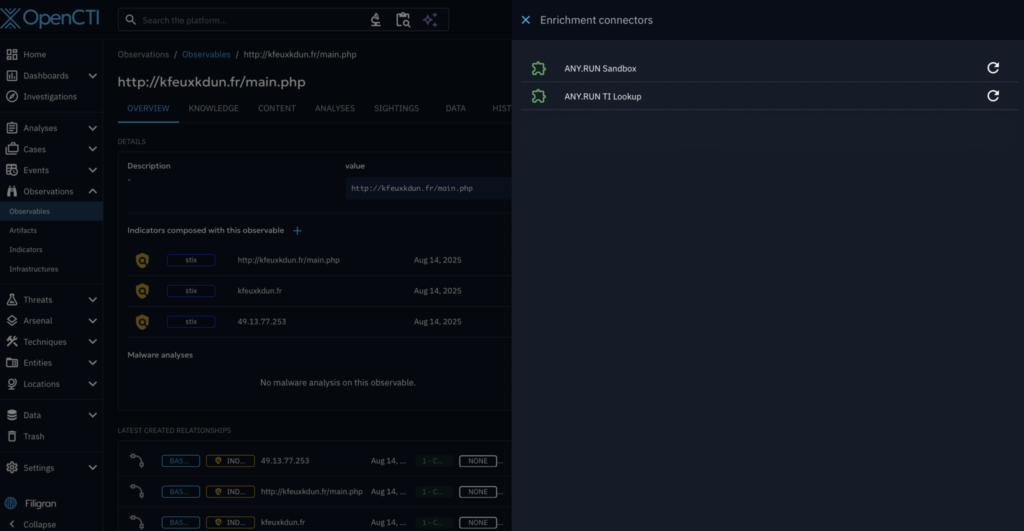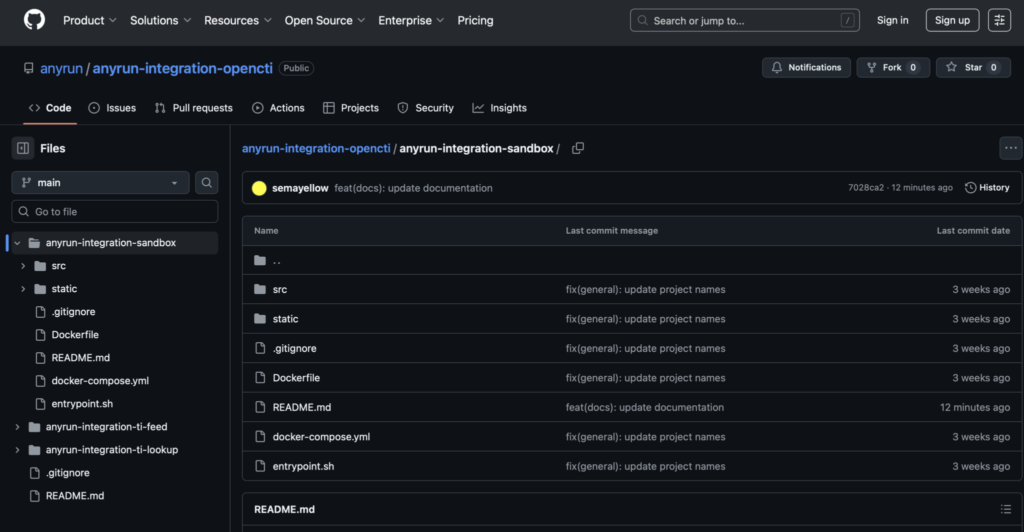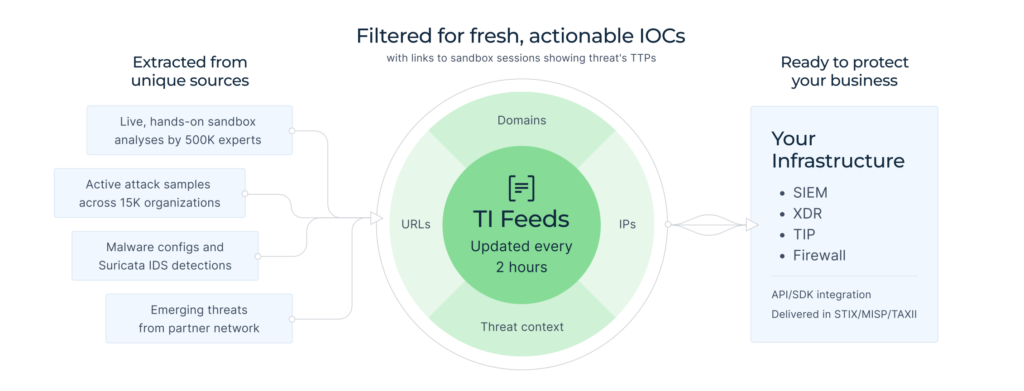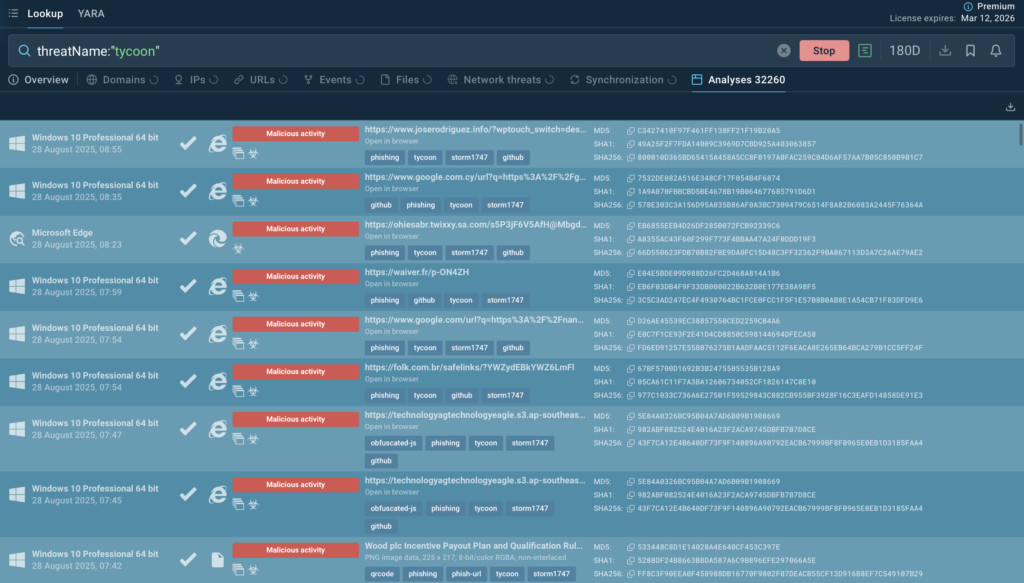How to reduce the digital footprint of kids and teens | Kaspersky official blog
The internet is now a second home for most kids and teens. Many get their first device in elementary or middle school, while modern education basically runs on technology. Cybercriminals know this, and they can trick kids into revealing personal details, send harmful links, lure them into unsafe chats, or even drain their parents’ bank accounts.
That’s why cybersecurity needs to become a part of everyday life at home. Our guide to reducing your kids’ digital footprint will give you a firm grasp of the risks, and create a safe online environment — while avoiding blanket bans or grudging grievances.
What to watch out for
First, let’s identify the digital “hot spots” where your attention as a parent matters most:
- Group chats for schools or universities on unsecured messaging apps
- Voice chats in video games
- Oversharing on social platforms
- Searching on the web and across global social networks
- Using AI tools and generating content safely
- General safe-use practices for devices and public networks
The best way to protect your kids isn’t through strict controls — it’s through honest conversation. Sure, you can block websites, introduce a phone curfew, and hover over your child every time they use Gemini. But this risks losing their trust: you could end up looking like a villain standing in the way of their freedom. Heavy-handed restrictions always invite attempts to get around them. It’s far better to build understanding, and explaining why the rules exist in the first place.
Here are some practical steps to help your child stay out of trouble and keep their digital footprint under control.
Watch what you post
For Gen Z and Gen Alpha, sharing life online is second nature. But oversharing — being too open online — often opens the door to hacking and even offline risks.
Remind your child never to share their last name, date of birth, school name, or city when signing up for services. Explain the risk: attackers could use that data to find them and build false trust — for example, greeting them by name and posing as a classmate’s relative.
Turn off geolocation in posts and stories by default. If a post needs a location, only publish it after your child has left that place.
Also be careful with places your child visits regularly, and avoid sharing travel plans. The “gold standard” is to teach your child to remove geotags from photos they upload. Why this matters — and how to do it — we covered in our post Metadata: Uncovering what’s hidden inside.
Another taboo is sharing personal info — and in some cases even school uniforms. If the school has a distinctive look, photos or videos of clothing (whether sports or regular) can still give away too much.
Reinforce the first rule of the internet: what goes online, stays online. Everything they post can have consequences — from damaged reputations to data in scammers’ hands. If your child simply wants to share their experiences, suggest starting a blog. We cover how to do this safely here: How to help your kid become a blogger without ever worrying about their safety.
Be careful with the links you click
You probably know what phishing is — but your child may not. Explain that any links they get sent need scanning by a reliable anti-phishing tool for smartphones and computers.
Too-good-to-be-true offers, surprise prizes, and other “incredible deals” should always raise suspicion — and be shown to you before following the link. We’ve covered phishing schemes in detail, for example, in our post How scammers attack young gamers; use the examples there to show your child what can happen if links aren’t checked.
Be careful with who you play with online
Caught up in a multiplayer game with voice chat, teens may let their tongues run wild. The gaming world has become a prime space for grooming — when adults build trust with teens for harmful purposes. So set a clear boundary with your child: voice chat should stick to gameplay only. If someone tries to steer things into personal topics, it’s safer to end the conversation — and if they persist, block them.
Avoid public Wi-Fi
Explain that using public Wi-Fi networks is inherently unsafe: attackers can easily intercept logins, passwords, messages, and other sensitive data. Whenever possible, it’s best to stick to mobile data. If connecting to unsecured Wi-Fi is the only way to stay online, protect the connection with a trusted VPN service. That way your child’s data won’t leak.
Watch what you download
Android smartphones are tempting targets for scammers of all stripes. Although malicious apps exist for iPhones too, it’s still easier to sneak onto Android. Teach your child that malicious files can take many forms. They may arrive through messengers or email disguised as photos or documents — even forwarded “homework assignments” — and can also hide behind links in their favorite Discord channels. By default, all attachments should be treated with caution and scanned automatically with a reliable antivirus.
Use AI wisely — and think for yourself
Unsupervised chatbot use isn’t just an ethical or psychological issue — it’s a security risk. Recently, Google indexed tens of thousands of ChatGPT conversations, making them accessible internet-wide.
Explain to your child not to treat AI as a best friend for pouring out their soul. AI tools often collect large amounts of personal data — everything your child types, asks, or uploads in the chat. Make it clear they also shouldn’t share real names, school information, photos, or private details with AI.
And emphasize that chatbots are tools and helpers — not “wizards” that can think for them. Explain that AI can’t think, so any “facts” offered must be double-checked.
Help with content filters and parental controls
Start by enabling parental controls on all devices your child uses: smartphones, tablets, computers — even smart TVs. Most operating systems offer built-in features to block explicit websites, restrict certain apps, and filter search results.
On streaming platforms, enable “Restricted” or “Kids” mode to prevent access to adult content. For more fine-tuned control, your best option is Kaspersky Safe Kids, which filters content in real time, allows you to set screen-time limits, and monitors installed apps. It detects and blocks unwanted content that standard filters might miss — especially in browsers — and even shows your child’s physical location and phone battery level.
Watch and discuss together
The most effective filter isn’t a program — it’s you. Make time to watch shows, surf the web, and play games together with your child. This will help you understand what’s going on in their life and create a space to discuss values, feelings, and real-life situations.
To further minimize your child’s digital footprint and reduce the risks of cyberattacks and cyberbullying, use:
- Unique passwords and a handy tool to manage them.
- A digital ecosystem to protect your entire family built on Kaspersky Premium.
- A full-featured parental control suite — Kaspersky Safe Kids. Speaking of which, a free one-year subscription to Kaspersky Safe Kids is included with Kaspersky Premium.
For more advice on keeping your kids safe online, explore our Digital Schoolbag: A Parent’s Guide for the School Year.
Further reading on threats targeting children and teens online:
Kaspersky official blog – Read More








